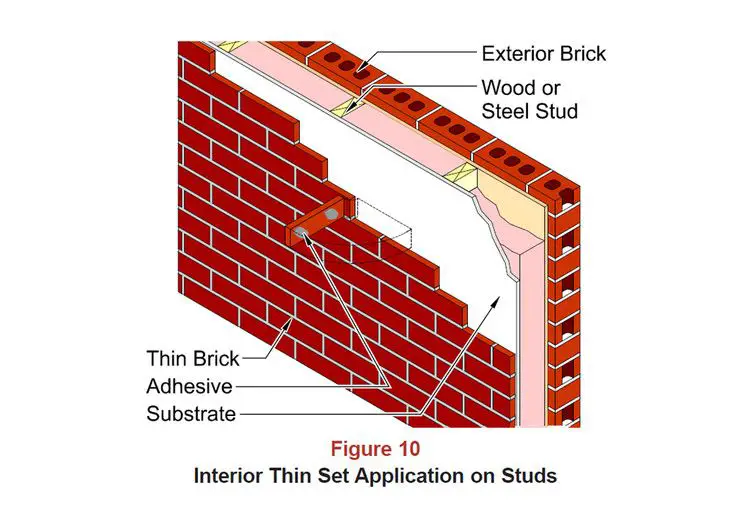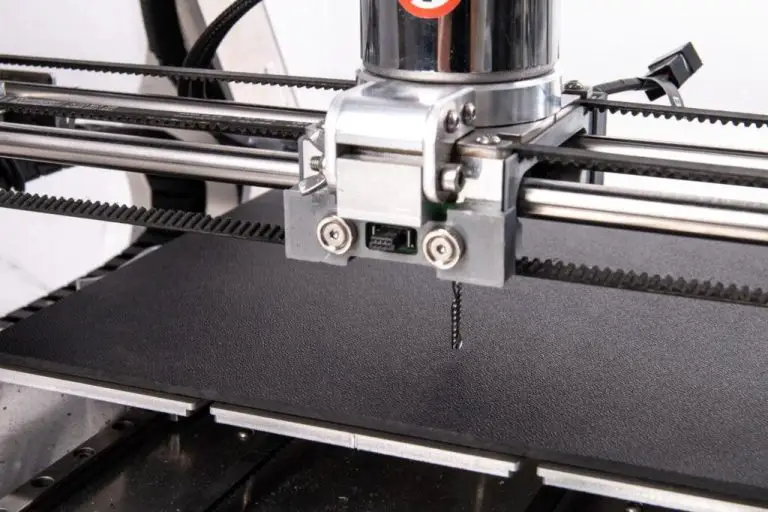What Tile Cutter Do Professionals Use?
Tile installation projects require cutting ceramic, porcelain, or natural stone tiles to custom sizes and shapes. Professionals rely on specialty tile cutting tools to achieve precise, clean cuts. When working on high-end jobs or large surface areas, using the right equipment saves significant time and produces quality results.
There are several tile cutting tools commonly used by tile installation pros and contractors. These range from basic manual tools like tile nippers and scribers to power tools like wet saws, angle grinders, and electric tile cutters. Each has advantages and best applications depending on the material, type of cuts, and volume of tiles being cut.
This guide will provide an overview of the most popular tile cutting tools used by professionals, including how each works, their capabilities, and ideal uses.
Wet Saws
Wet saws are the most popular tile cutting tools used by professionals and DIYers alike due to their ability to make precise cuts through even the hardest tiles like porcelain and natural stone (Tile Cutter vs Wet Saw: Which Is Best for Your Project?). The continuous flow of water cools the diamond-coated blade as it cuts, minimizing friction and preventing the tile from overheating and cracking. This allows for smooth, clean, and accurate cuts.
There are a few popular wet saw models that professionals rely on:
- Skil 3550-02 – A lightweight and portable 7″ saw perfect for straight cuts up to 24″ long (The Best Wet Tile Saws To Cut Ties With Ease).
- MK Diamond MK-370EXP – A high-powered 10″ saw capable of cutting tile up to 36″ long and diagonal miter cuts.
- Dewalt D24000S – A 10″ saw with a plunge feature for precise angled cuts.
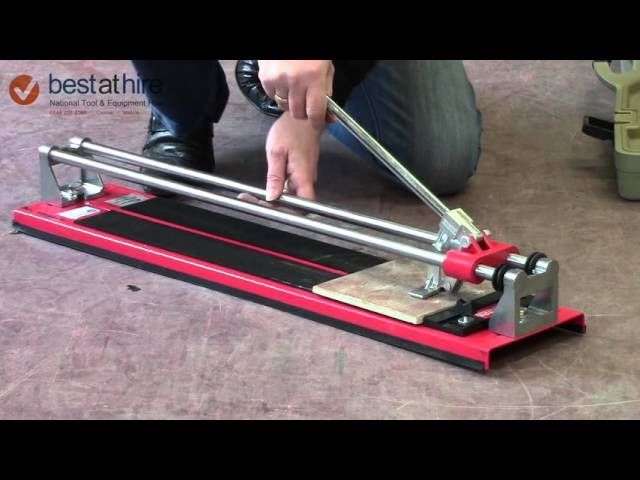
Key features to look for in a professional-grade wet saw include adjustable beveling up to 45 degrees, mitering capabilities, a sliding table extension, a rip fence for straight cuts, and a removable water tray for easy cleaning and maintenance.
Handheld Tile Cutters
Handheld tile cutters are portable and lightweight, making them a convenient option for small tile cutting jobs (Best Tile Cutter: Manual vs. Electric). Unlike benchtop tile saws, handheld cutters can be easily moved around and stored. Their compact size also takes up less space. Some of the most popular types of handheld tile cutters include:
- Score and snap cutters: These feature a carbide wheel that scores the tile so it can be snapped along the line. They work well for straight cuts in ceramic and porcelain.
- Wet cutters: Also known as handheld tile saws. As the name suggests, water is used to cool the blade while cutting. This allows for clean cuts through harder materials like porcelain and glass.
- Electric cutters: Motorized for faster cutting. Often have diamond blades and can handle thicker tiles. Brands like RUBI and Dewalt make pro-grade electric handheld tile cutters (Different Types Of Tile Cutters With Their Pros And Cons).
While handheld cutters have limitations like only doing straight cuts, they provide an easy and fast way to make small tile cuts without the setup of a tile saw. Their affordability and maneuverability make them a practical choice for DIYers and professionals alike.
Angle Grinders
Angle grinders are a common power tool used by professionals to cut tile. They utilize diamond blades that spin at high speeds to slice through tile and stone. Angle grinders are suitable for cutting hard materials like natural stone, granite, and porcelain that would damage other tile cutters.
Angle grinders also offer flexibility and versatility for tile professionals. With the right diamond blade, they can make straight cuts, curved cuts, and detailed cuts in tile. Angle grinders can access tight corners and edges that other tile cutting tools cannot.
When using an angle grinder to cut tile, safety should be the top concern. The high-speed diamond blade poses risks of personal injury or damage if not used properly. Proper handling, safety gear like gloves and eye protection, and careful control of the spinning blade are critical.
Overall, angle grinders are a standard tile cutting tool for professionals cutting hard materials or needing intricate curved cuts. However, caution is required due to the safety risks of the exposed spinning blade.
Sources: https://www.rubi.com/us/blog/how-to-cut-tiles-with-a-grinder/
Tile Nippers
Tile nippers are handheld tools used for detailed work on curved or angled cuts. They have small jaws that allow you to nibble away at tile edges to get precise shaping. Tile nippers are especially useful when cutting tiles around pipes, electrical boxes, cabinets, or other obstacles that require custom notches and contours.
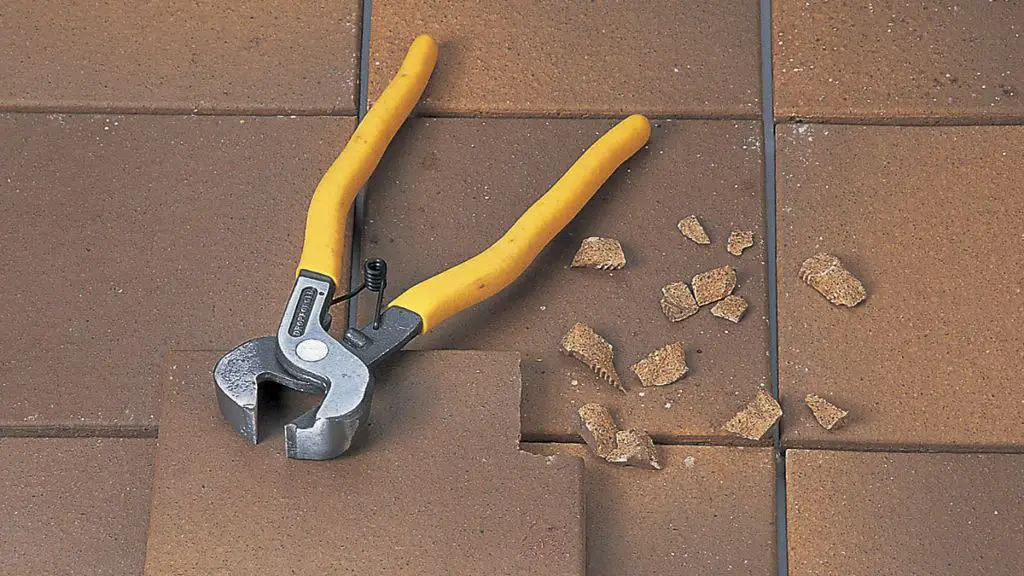
Some of the top brands for tile nippers include:
-
Husky – Known for durable and ergonomic handles. Models like the Husky 8-Inch Tile Nipper provide great leverage and control.
-
Kobalt – Offers models with carbide jaws for longevity. The Kobalt 7-Inch Tile Nipper stands out for its comfortable grip.
-
QEP – The QEP 10050 7-Inch Nipper features milled jaws and soft grip handles for precision. QEP is trusted for consistent quality nippers.
-
Montolit – A premium Italian brand. The Montolit Nipper has optimized jaw geometry for clean cuts and easy turning of the tile.
When shopping for tile nippers, look for solid cast materials, comfortable handles, flush rivet construction, and jaw profiles optimized for different uses. High end tile nippers may have tungsten carbide or diamond coated jaws to stay sharp longer.
Tile Scribes
Tile scribes are simple manual tools used to score and snap tiles. They consist of a tungsten carbide or diamond tip attached to a handle. To use a tile scribe, you score a line on the glazed side of the tile where you want it to break. The tip of the scribe creates a shallow groove in the glaze. You then position the tile over a straightedge and press down to snap the tile cleanly along the scored line.[1]
Tile scribes allow you to make straight cuts without needing electricity or a tile saw. They are an affordable and portable option for basic tile cutting. However, tile scribes do have some downsides. It takes more time and effort to score and snap tiles than simply cutting them with a wet saw. The scoring and snapping method also doesn’t work as well on thicker tiles or porcelain. Overall, tile scribes are best suited for small projects with thin ceramic tiles where you only need to make a few straight cuts.
Considerations
There are several factors to consider when choosing a tile cutter as a professional:
Job Size and Scope
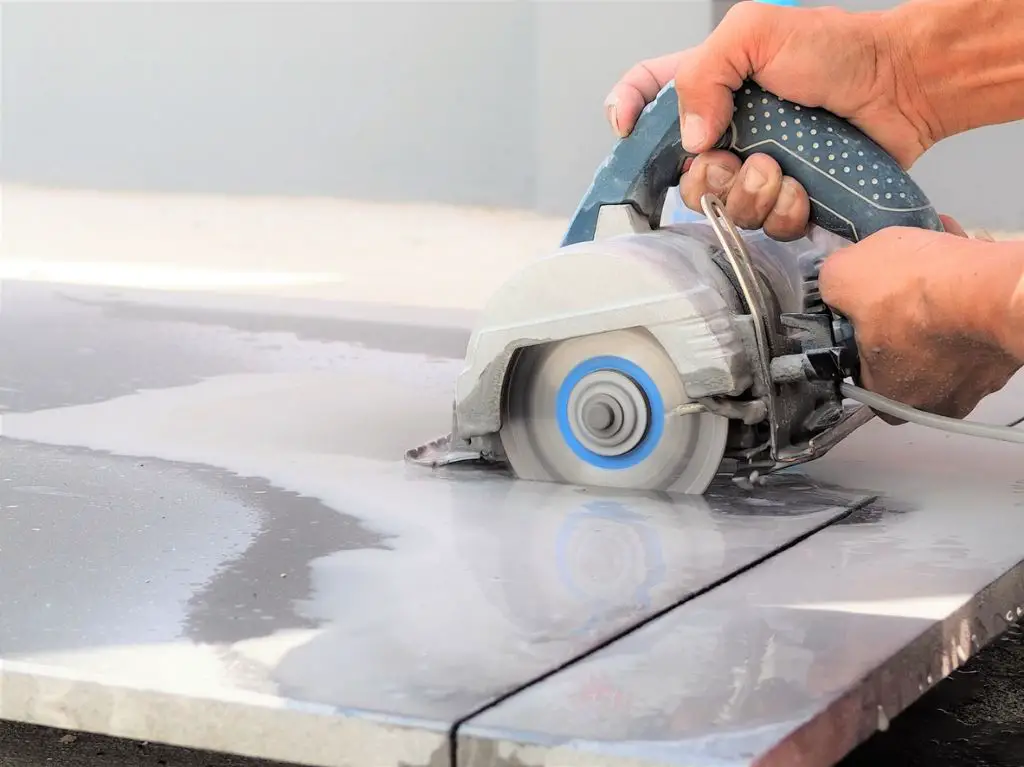
The size of the job and types of cuts needed should determine what kind of tile cutter is required. For small jobs, a handheld cutter may suffice. But for large jobs, especially with challenging cuts, a professional-grade wet saw is recommended. The wet saw’s sliding table allows for angled miter cuts.[1]
Tile Material
The type of tile material being cut is a key factor. A basic cutter can cut ceramic tile. But for thicker porcelain tiles, stone tiles, and glass tiles, a heavy-duty cutter with a diamond blade is required to avoid cracking. For large porcelain format tiles like 12″x24″, a rail cutter is typically used.[2]
Budget
Consider how often the tile cutter will be used when determining budget. Occasional use warrants an affordable manual cutter. But for frequent professional use, invest in a high-quality wet saw for precise cuts and durability.[3]
Choosing the right tile cutter for the job is essential for professionals to work efficiently and get the desired end result.
Recommendations
The Best Tile Cutters for Professionals
When it comes to the best tile cutter for most professionals, the top choice is the MK Diamond MK-370EXP Wet Cutting Tile Saw.
This wet saw features a powerful 1.5 horsepower motor, precision linear bar system, and integrated water containment system. The rigid frame prevents vibration while cutting, and the included HydroLock system keeps water contained for a cleaner workspace. The sliding table allows for miter cuts up to 45 degrees. This professional-grade saw can handle both ceramic and stone tiles up to 24 inches.
For professionals working on large jobs or who need maximum cutting capacity, the MK Diamond MK-1515HB Wet Cutting Tile Saw is an excellent runner up. This heavy-duty saw has a 1.75 horsepower motor and can cut tile up to 30 inches long diagonally. The integrated water collection system recycles water during use.
While cheaper tile cutter models may be tempting, most professionals will be disappointed with lower-powered motors, less precision, and lack of durability. Investing in a professional-grade wet saw or tile cutter will pay dividends over time with better performance and results.
Avoid flimsy plastic or super lightweight tile cutters, as they often lack the power and stability for professional jobs. The small upfront savings don’t justify the frustration and limitations of inferior tile cutting tools.
Using Tile Cutters
When using tile cutters, whether they are wet saws, handheld cutters, or angle grinders, following proper safety precautions and techniques is essential. Here are some tips for safely and effectively using tile cutting tools:
Safety Tips
Wear protective equipment like goggles, gloves, ear protection, and a dust mask. Keep your hands away from the cutting blade. Don’t force the tool – let it work at its own pace. Always unplug electric tools before changing blades or making adjustments. Keep the tool stable on a flat, solid surface when cutting. Avoid awkward body positions that reduce control. Pay attention and don’t get distracted.
Technique
Let the tool do the work – don’t force it. For straight cuts, use a guide or jig. Make multiple shallow passes rather than trying to cut all the way through in one pass. For curved cuts, take it slowly and gently. Move the tile into the blade, not the other way around. For handheld cutters, use your body weight and leverage rather than just arm strength. Apply even, firm pressure. Lift straight up between score lines to get a clean break.
Maintaining Tools
Regularly inspect blades for chips or wear. Replace dull blades for the best cuts. Keep blades oiled and clean of debris. Check that moving parts are properly lubricated. Tighten any loose screws or bolts. Let electric motors completely cool before making adjustments or changing blades. Store handheld cutters with the blade retracted. Follow all maintenance directions from the tool manufacturer.
Conclusion
When choosing a tile cutter for professional use, there are several key factors to consider. Wet saws provide the most precision and ability to make difficult cuts, but they are large, expensive, and require setup. Handheld tile cutters are inexpensive, portable, and good for straight cuts. Angle grinders cut quickly through tile but lack precision. Tile nippers are used just for nibbling small pieces or curves. Tile scribes score lines to guide breaking. Ultimately, pros often use a combination of wet saws for big jobs and handheld cutters for small tasks. The right tile cutter depends on the types of projects, space, budget, and cutting needs.
In conclusion, professional tile installers rely on a range of cutting tools. Thoughtful planning and investment in the right equipment for the job will ensure high-quality results. With practice and patience, tile can be cut and shaped as needed for beautiful, long-lasting installations.



